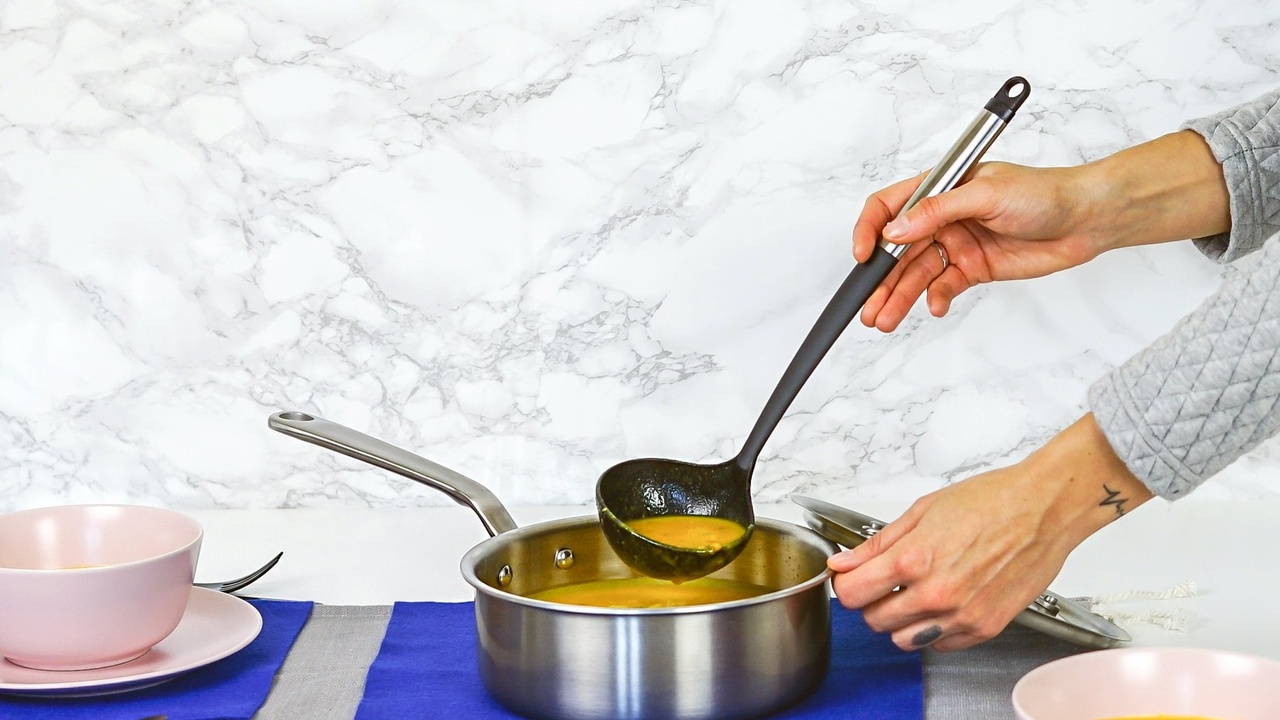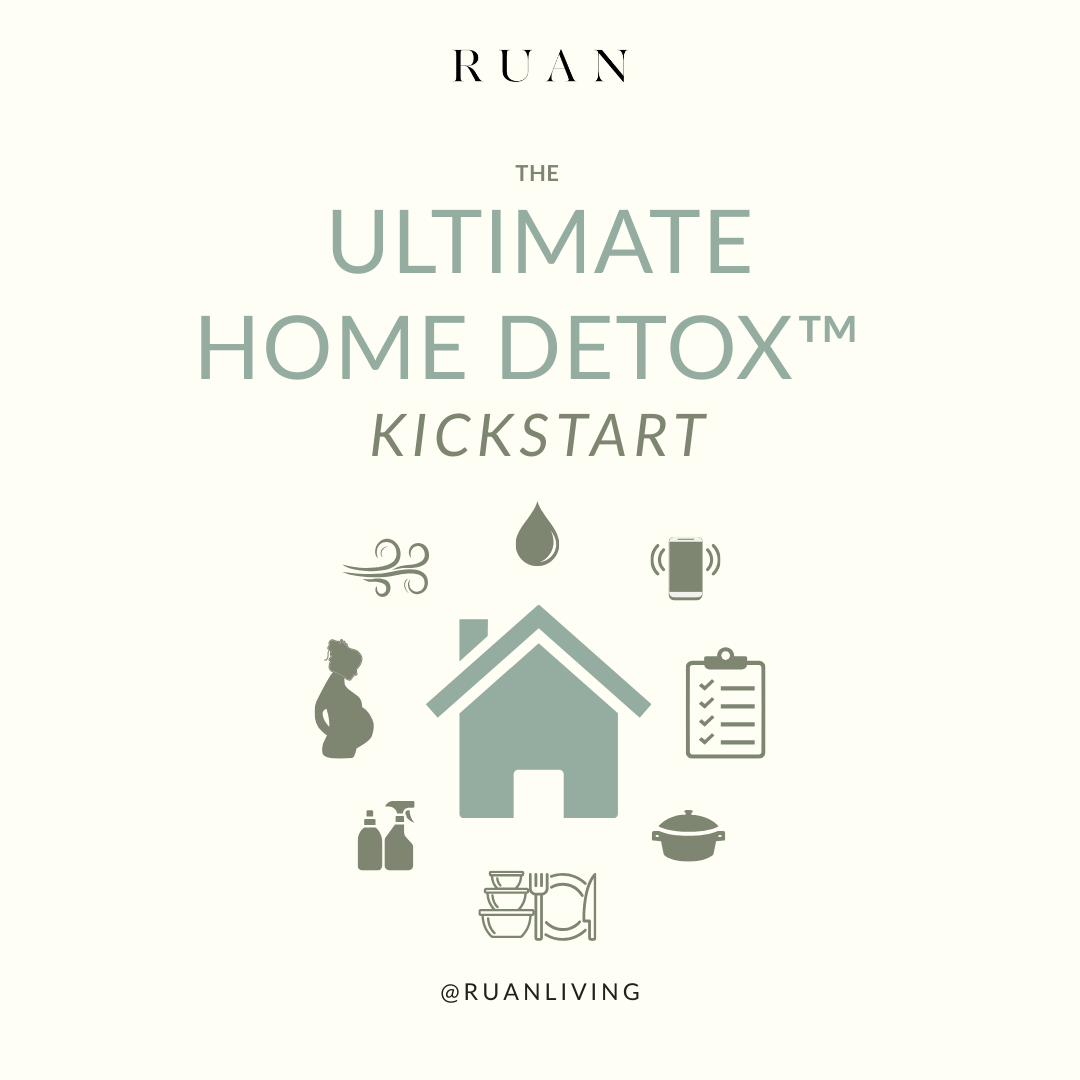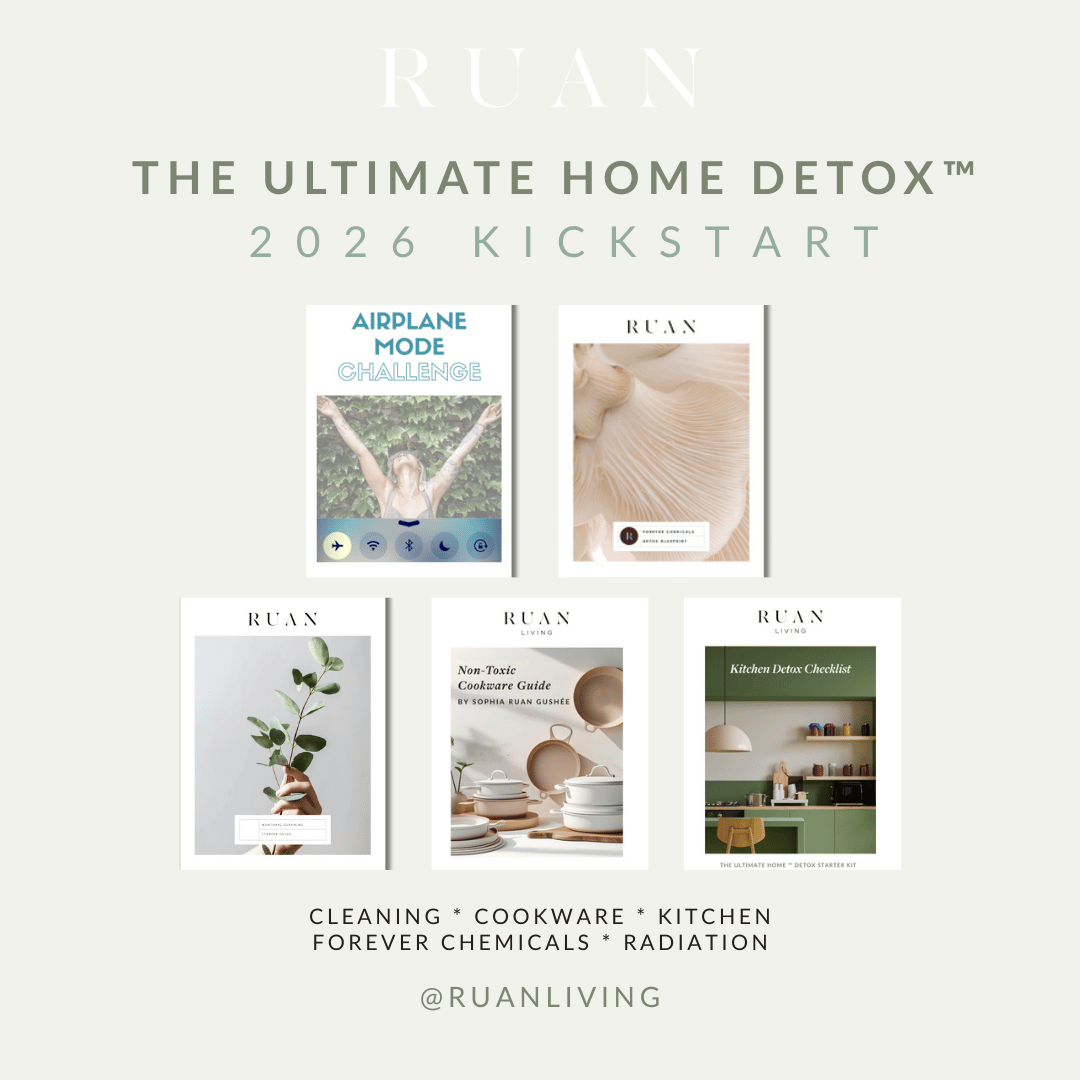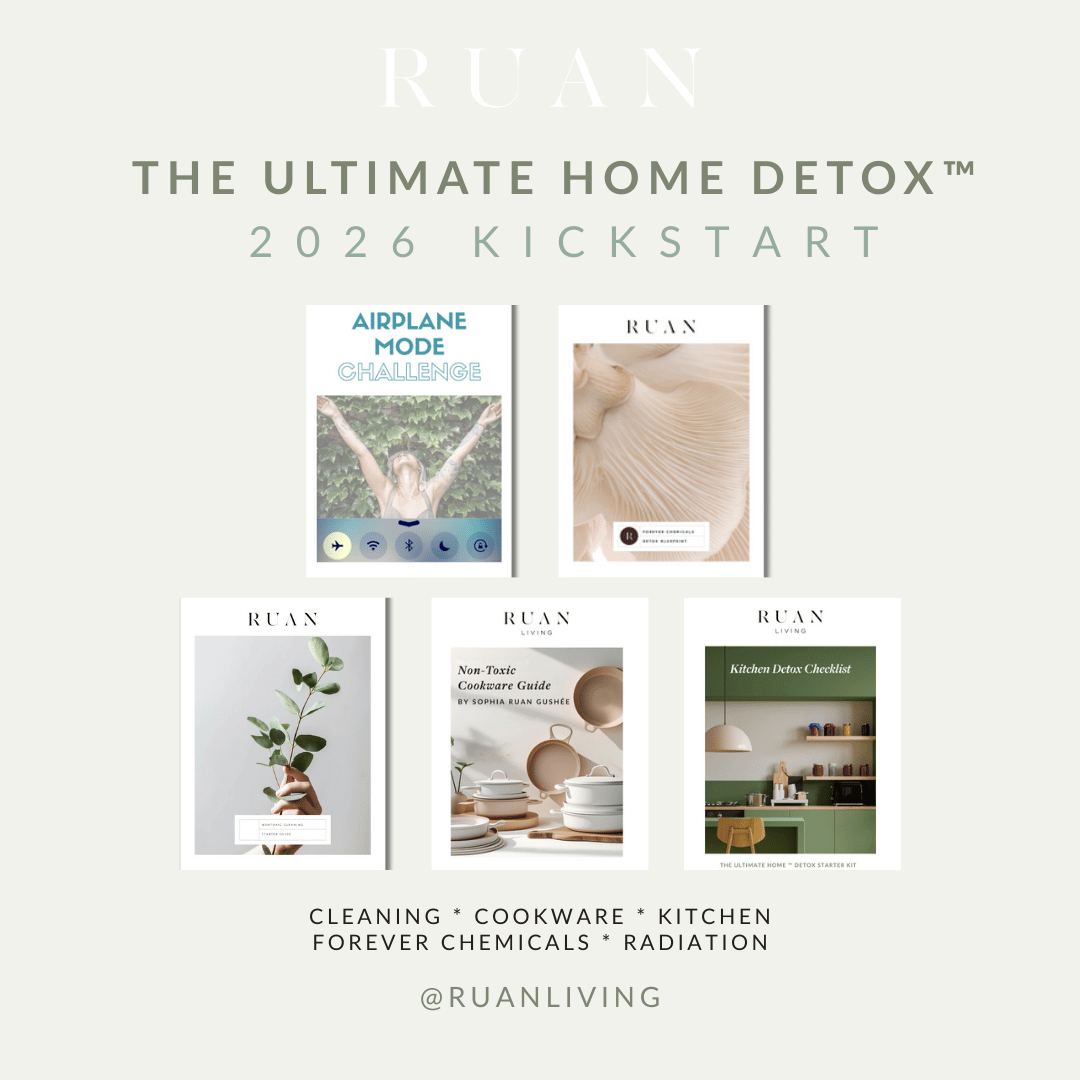
What is the safest stainless steel for cookware, food containers, and flatware?
Jan 22, 2021Stainless steel is often recommended as a safe material for nontoxic pots and pans, food containers, water bottles, and flatware. But is stainless steel always nontoxic?
This article takes a deep dive into stainless steel so that you will learn:
- How stainless steel formulas vary
- What to look for when shopping for the safest nontoxic stainless steel pots and pans, food containers, water bottles, flatware, and utensils
- How to use your stainless steel pots, pans, food containers, and water bottles to minimize leaching of toxic exposures
Overview of stainless steel in kitchen products
Stainless steel is a popular material in kitchens. It's highly durable, relatively lightweight, a good conductor of heat, easy to sanitize, and is corrosion-resistant to acids found in meats, milk, fruits, and vegetables.
In the kitchen, stainless steel is often used in/as:
- appliances
- countertops
- cookware: pots and pans
- dishware
- flatware
- food and beverage containers
- sinks
- utensils
When it comes to constant contact with food, however, you may want to understand nuances that a conscious consumer may notice.
Stainless steel pots and pans are often recommended as nontoxic cookware. So I was surprised to learn that it's not necessarily as nontoxic as I had assumed. For example, if there are scratches in the stainless steel, then chromium and nickel are more likely to leach from the stainless steel cookware into your food. Cooking acidic foods (like tomatoes) will also promote leaching.
It helps to understand that steel contains iron and a bit of carbon. Iron can corrode and become rust. We know from cast iron cookware that cast iron has to be well “seasoned” to protect the iron from moisture and air to avoid rust. With cast iron, we achieve this by creating an oil-based coating/barrier.
Chromium and nickel are two metals that are more resistant to rust and other forms of corrosion. Combined with iron, the trio of metals are far more corrosion resistant. So chromium and nickel are added to stainless steel to make the final product more durable, reliable, functional, and beautiful. However, it is best to avoid nickel exposure since the body has no need for it and too much nickel accumulation can lead to heavy metal poisoning or less extreme outcomes, like skin reactions.
Tips when shopping for stainless steel
When shopping for the safest nontoxic stainless steel cookware and containers, remember that not all stainless steel is the same. Just like with plastics and many other things (including chocolate chip cookies), there are countless formulas (or recipes) for creating stainless steel.
So how safe and nontoxic your stainless steel cookware and food containers are will be influenced by its formula.
Different "grades" of stainless steel
Formulas of stainless steel are categorized by grades that fall into the 400 series, 300 series, 200 series, etc. The series, or "grade," represents the quality, durability, and temperature resistance of stainless steel.
Most often, you will see numbers in the manufacturer's description. For example, 18/8 and 18/10 are commonly used for stainless steel food prep and cookware. Those numbers represent the ratio of chromium and nickel (respectively) in the product. For example, 18/8 stainless steel is comprised of 18% chromium and 8% nickel. While chromium and nickel provide useful benefits (explained again below), nickel poses health risks.

300 series: For example, the 304-grade stainless steel tends to contain at least 50% iron, which can rust. Chromium helps to protect the iron from oxidation (therefore deterring rust) by binding oxygen to the surface of the product. Nickel also helps protect stainless steel from corrosion. Therefore, while we want to minimize contaminating our food with nickel, the higher the nickel content, the more resistant the stainless steel is to corrosion.
400 series: 18/0 is the healthiest stainless steel in terms of nickel. However, it is less practical since without nickel it is more likely to rust than 18/8 or 18/10. Also referred to as Type 430, 18/0 is part of the 400 series and, unlike 300 series stainless steel, is magnetic.
200 series: Typically less expensive than 304 grade, the 200 series stainless steel is often used to create food containers. In this series, nickel tends to be substituted by manganese. Although food safe, they are not as resistant to corrosion and not as high quality as 304 grade.
In summary and in general:
- purchase 304 or higher surgical stainless steel products when possible
- avoid 200 series stainless steel when practical
- if your budget allows for it, the 400 series is generally the safest but pricey and will be more likely to rust sooner
Stainless steel flatware
Stainless steel flatware is often found in 18/10, 18/8, and 18/0. It is assumed that 18/10 is heavier in weight but there is generally no weight difference. The additional nickel in 18/10 flatware makes it a bit sturdier (meaning the tines of a fork are less likely to bend) and maybe shinier.
Stainless steel cookware
Stainless steel is a great practical nontoxic material for cookware.
Since stainless steel alone doesn't provide optimal heating, stainless steel pots and pans are generally made of tri-ply construction. For example, in a stainless steel frying pan, an aluminum or copper core (or a bottom plate of more superior conductive materials) is often sandwiched between two layers of 18/10 stainless steel. This facilitates more even heat distribution across the pan. In these pans, the aluminum should not react or contact food at all. However, scratches in the stainless steel may increase the likelihood of aluminum or copper leaching into the food.
To help protect from scratches, avoid using metal utensils. I use wooden utensils.
For those who are sensitive to nickel, an alternative is stainless steel cookware that uses a cladding of extremely high grade 430 stainless steel. Again, 430 stainless steel contains a minimal amount of nickel, but still contains chromium, and is expensive.
To avoid nickel or chromium, alternative cookware materials for you to evaluate are cast iron or glass.
Tips when using stainless steel for food and beverages
When using stainless steel for your meals, the following tips can help you avoid nickel exposure:
- Avoid scratching stainless steel surfaces that touch food, like the inside of a stainless steel pot or pan. Avoiding metal utensils and using wooden utensils instead can help.
- Remember that acidic foods are more likely to promote leaching of toxic exposures from stainless steel (and cast iron). To minimize leaching, consider using glass instead for acidic foods, or minimize the time that the acidic elements are in contact with the stainless steel surface area.
- Since most restaurants cook almost exclusively in stainless steel, avoiding ordering tomato-based dishes or other acidic foods from restaurants can help reduce your nickel exposure.
- Avoid commercially-made kombucha since this acidic beverage is typically brewed in large stainless steel vats. Ideally, it's best to brew kombucha in glass or ceramic that is proven to be toxin-free. Store these beverages only in glass as well.
The tips above are just some ideas to prompt more mindfulness on what can increase nickel content in your diet.
Conclusion
Stainless steel is one of the most common materials found in kitchens today and it's an excellent practical nontoxic material. Remember that:
- 18/8 and 18/10 are the most common types of stainless steel used in cookware. 18/10 contains more nickel than 18/8. While that increases the likelihood that nickel could accidentally contaminate your food/drinks, 18/10 will be more likely to avoid corrosion.
- 18/0 is the safest stainless steel in regards to nickel exposure. However, it is more likely to corrode and is more expensive.
- 200 series stainless steel is commonly used in food containers. While this is not as high quality as the 300 series or 400 series, it is considered food grade.
- Acidic foods can attract more nickel so use glass for acidic foods or minimize contact time of acidic foods and stainless steel.
- Scratches in stainless steel can facilitate the leaching of nickel from the stainless steel to food or beverage.
View this post on Instagram



